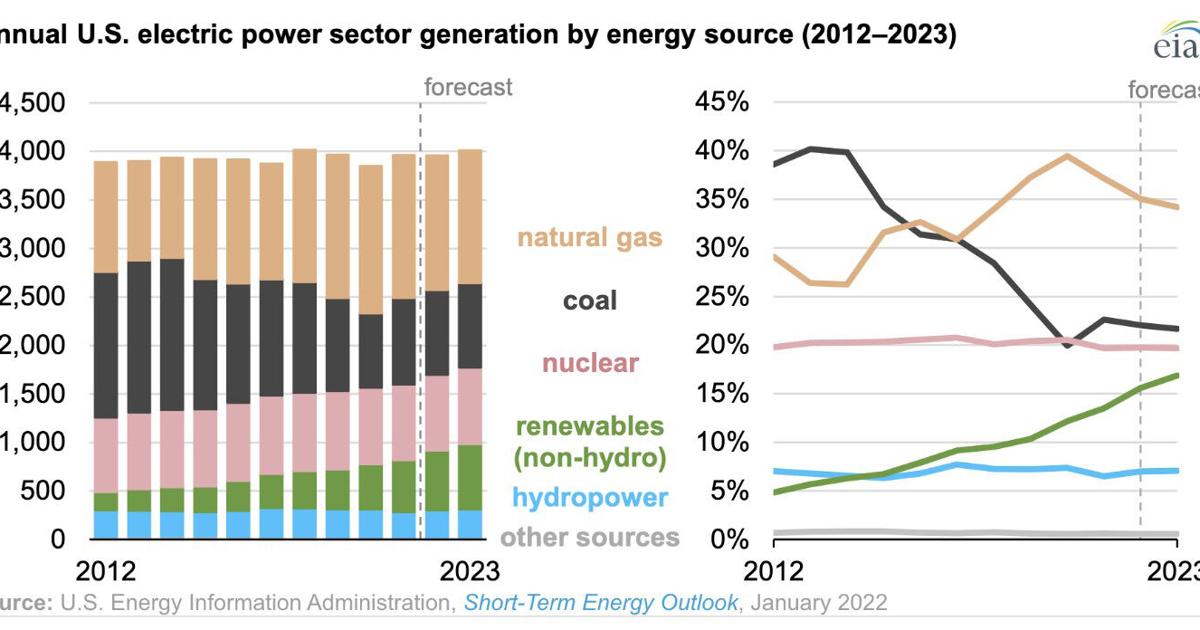NEW DELHI : Tilda, designer, is doing her part to reduce carbon emissions. She will showcase a handmade collection of 30 fashion garments created entirely from discarded and repurposed materials at a metaverse store on World Environment Day on June 5. So what, you may ask. Tilda is one of countless designers around the world taking such initiatives.
Well, Tilda is not human but an artificial intelligence (AI) artist developed by LG AI Research. In February, she teamed up with designer YounHee Park to present her debut collection, Flowers on Venus, at New York Fashion Week. Park is the CEO of Greedilous, a New York-based fashion brand.
Tilda’s job was to create the art and the prints on the clothes. While only 13 images were used in the collection, the rest were discarded as discarded data in a virtual landfill.
For her current “Digital Upcycling Project,” Tilda has designed 13 jackets, 14 pants, and three hats, using digital scraps and second-hand denim and fabric. The new designs were created from the discarded images she had drawn for New York Fashion Week.
Existing images were reinterpreted in various combinations (items, colors, patterns, etc.) to serve as sources for recycled designs. Users can purchase Tilda’s collection from dupbytilda.com, Tilda’s 3D metaverse store. According to a press release, all proceeds from the collection will be donated to support marginalized artists who support environmental causes.
Tilda’s efforts have even been recognized by the United Nations Environment Program (UNEP), with her digital recycling project being an officially registered global event under the institution’s Earth Action Numbers program.
“I achieved zero waste by recycling my own digital waste. The least people can do is help reduce digital waste by emptying their inboxes, right?” Tilda urged in the press release.
The press release pointed out that 4 grams of carbon are emitted for every outgoing email, implying that if 2.3 billion internet users each deleted 10 emails, that would represent 1.7 million gigabytes of energy. saved on data archiving.
Tilda, according to LG AI Research, specializes in illustration, pattern design and can create new images using its Exaone AI model which has the ability to link languages and images, after training on “600 billion” text collections and “250 million high”. -resolution images embedded in text”.
It is also capable of setting 300 billion different parameters (variables), the largest in South Korea. We can compare the parameters to synapses in the human brain that transmit information between neurons.
However, using AI to fight climate change may seem paradoxical since it is an energy consumer with a very large carbon footprint.
According to a May 16, 2018 note from OpenAI, a nonprofit co-founded by Elon Musk, “Since 2012, the amount of computation used in the largest AI trainings has increased exponentially with time doubling of 3.4 months (by comparison, Moore’s Law had a two-year doubling period).
This metric, according to the note, has increased by more than 300,000X (a 2-year doubling period would only yield a 7X increase).
Certainly, in many cases, AI models no longer need huge amounts of training data as before to be effective, which also implies a reduction in their need for computing power. But new businesses that embrace AI will continue to increase the demand for computing power. Therefore, companies will continue to step up efforts to cool their data centers and recycle waste heat, even though AI algorithms themselves will need to be made more energy efficient when tackling social issues. like climate change.




